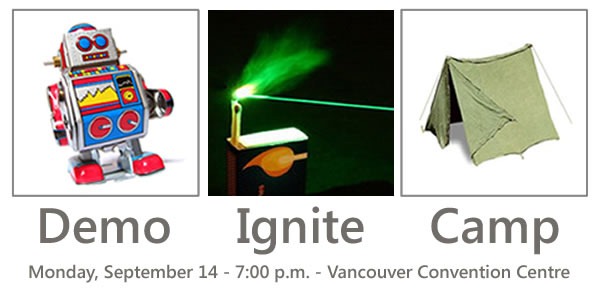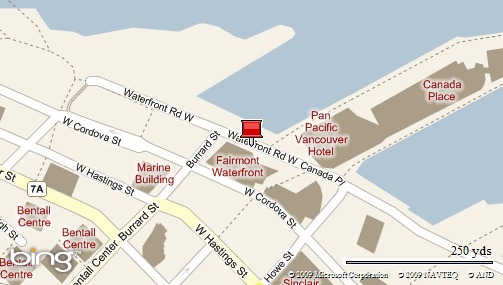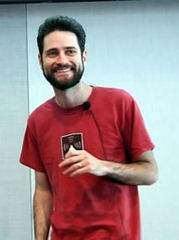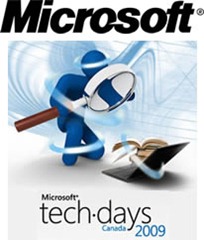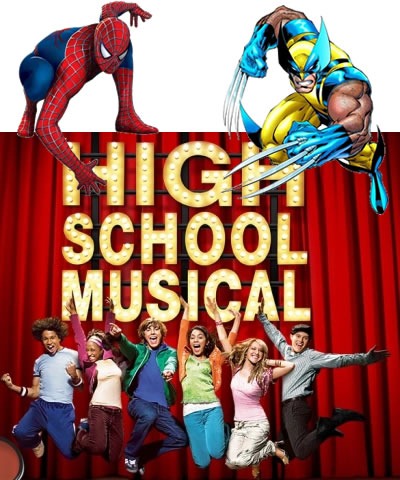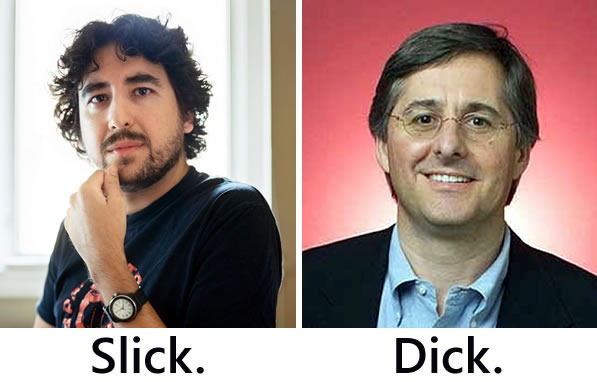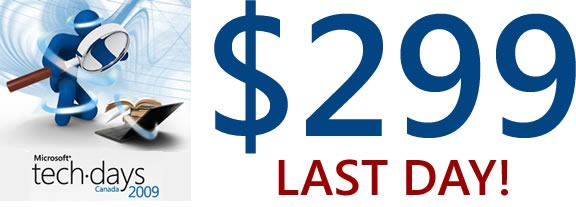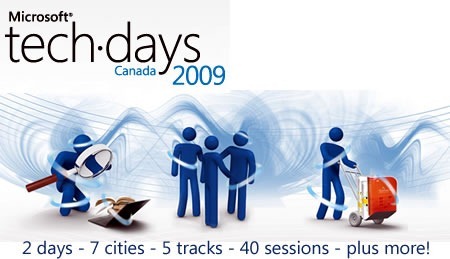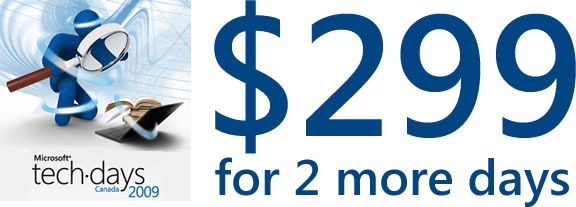What Is Demo Ignite Camp?
Think of Demo Ignite Camp as an evening of “show and tell” where the bright lights of Vancouver’s high-tech and startup scene get together to present their projects and ideas. It’ll feature two kinds of presentations:
![]() Demos: By “demo”, we mean a demonstration of your software, web application or project in action. It’s the only thing you’re allowed to show on the big screen — no slides allowed! The idea is for you to show off your technology in action and inspire us, not give us yet another marketing spiel.
Demos: By “demo”, we mean a demonstration of your software, web application or project in action. It’s the only thing you’re allowed to show on the big screen — no slides allowed! The idea is for you to show off your technology in action and inspire us, not give us yet another marketing spiel.
![]()
Ignites: An Ignite presentation on a tech-related topic with some constraints to make it interesting: you’re allowed only 20 slides, and they’re set to automatically advance every 15 seconds. It requires you to keep the text on your slides to a minimum and your presentation to be focused. It’s a true test of your presentation-fu.
Demo Ignite Camp will take place at Vancouver Convention Centre on Monday, September 14th at 7:00 p.m., a little bit after the first day of Microsoft’s TechDays Vancouver conference wraps up.
“Very Nice. How Much?”
Admission is free! As in beer, which we’ll be going out for after Demo Ignite Camp.
Want to Present at Demo Ignite Camp?
Have you got a project you’d like to show as a demo or an idea that you’d like to present as an Ignite? Drop me a line or leave a comment on Demo Ignite Camp’s event page!
Who’s Involved?
So far, we’ve got Avi Bryant booked for one of Demo Ignite Camp’s 8 presentation slots. He’ll be doing a demo and we’re incredibly pleased – he works on some really cool projects, and we of the Toronto DemoCamp crew still consider his demo of DabbleDB to be one of the best demos in our 21-event history. We’re looking forward to seeing his presentation, which I suspect will be on Clamato, which is equal parts Smalltalk, JavaScript and the future.
Demo Ignite Camp wouldn’t even exist without the efforts of the Bee Man:

Actually, that’s @bmann, as in Boris Mann, blogger, technologist, entrepreneur and go-to guy for Vancouver’s tech scene:
He’s helping pull this event together in record time and playing the part of co-host, in spite of his very packed schedule.
Microsoft played a part in making Demo Ignite Camp happen: they provided the venue and the AV system free of charge. The Vancouver leg of their conference, TechDays Canada 2009, takes place on Monday, September 14th and Tuesday, September 15th, which means that they had the facility on Monday night, during which nothing was scheduled. The TechDays organizers decided that they’d make the room available for some kind of community event.
I’ll be helping out as well. I’ll be co-hosting, and I was the guy who emailed Boris and said “Hey, dude, if you’ve got the camp, I’ve got the venue.”
Want to Know More?
There are more details on Demo Ignite Camp’s event page.
